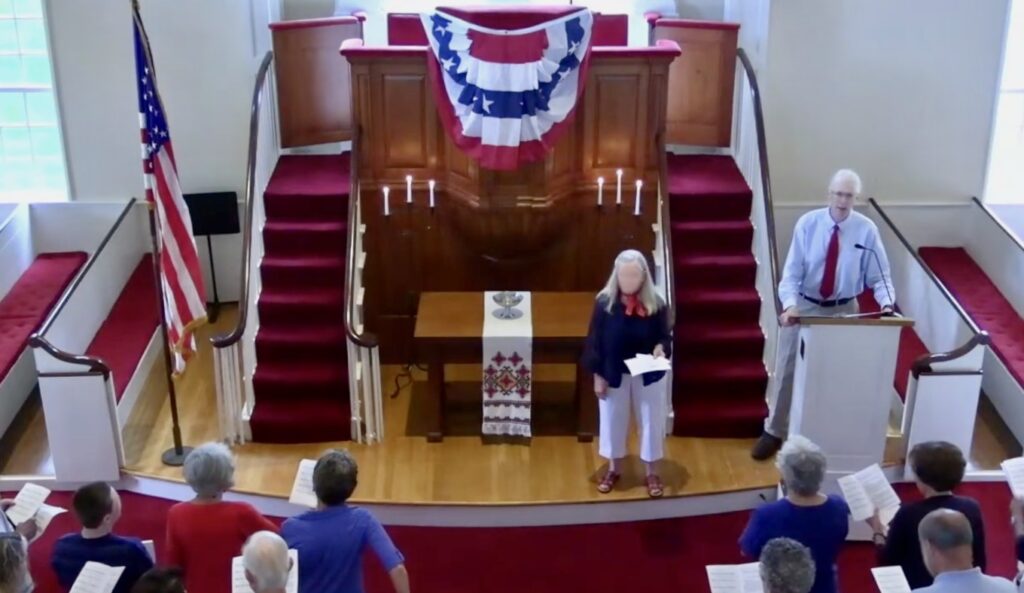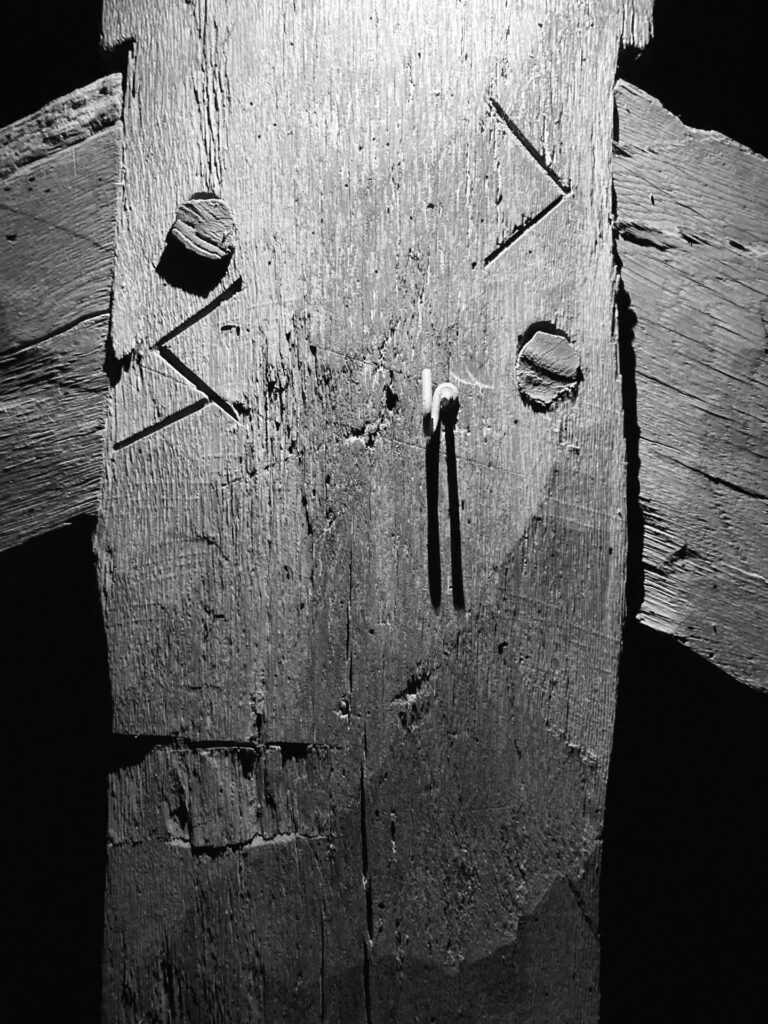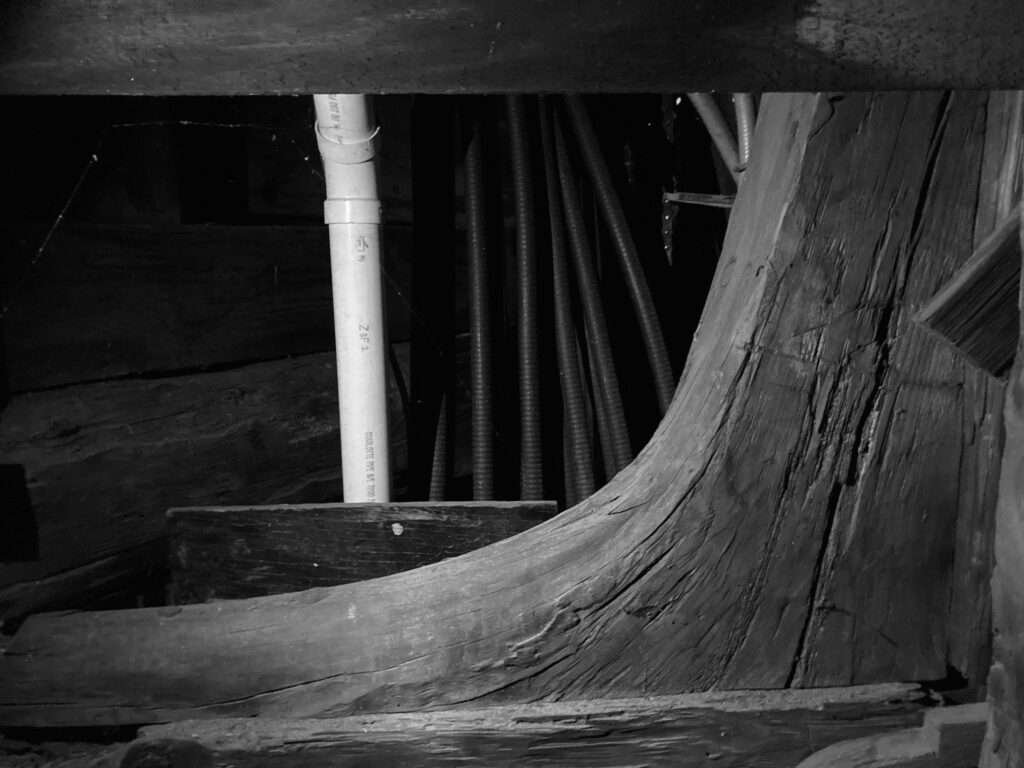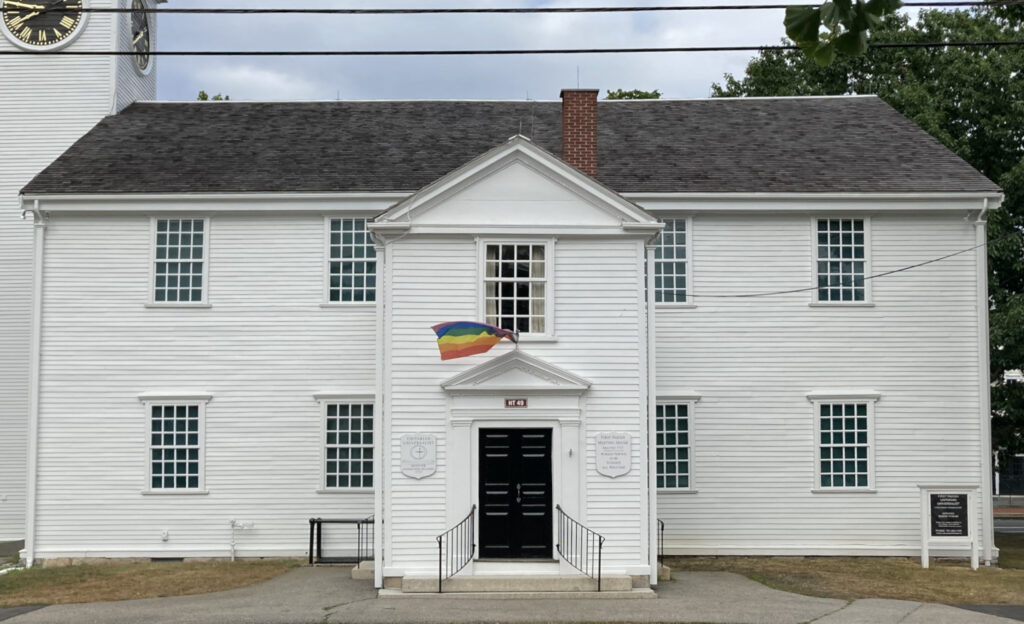According to tradition, Rev. John Brown, the minister in Cohasset during the Revolutionary War period, gave a stirring reading of the Declaration of Independence from the pulpit of the meeting house to the gathered townspeople not long after July 4, 1776.
I haven’t been able to find out the exact date when Brown read the Declaration to the people of Cohasset. But the Boston Gazette and Country Journal printed the complete Declaration of Independence on July 22, 1776. John Brown had a copy of that printing, and his copy (with his signature) still exists; it was auctioned by Christie’s in 2003. Since Cohasset was a port town, it seems likely that Brown would have received the newspaper by Sunday, July 28. That may be the date on which John Brown read the Declaration of Independence to the town, when people gathered for Sunday worship.
We decided to commemorate the first reading of the Declaration of Independence to Cohasset townsfolk on Independence Day weekend. So we held our reading on July 2 — not historically accurate, but this wasn’t a re-enactment of the original. Instead of having one person read the whole Declaration, in true democratic fashion we had ten readers, beginning with a 12 year old from our Sunday school.
Fifty people showed up, many more than our usual 15-20 people for summer services. This was a true community event, and somewhere between a third and half of those present were not part of our congregation. Our 1747 Meeting House was originally built by the town, and we feel we hold it in trust for the whole town. So we made this a truly non-sectarian commemoration, with no over Unitarian Universalist content.
We had people across the political spectrum, all of whom gathered together to honor the highest ideals of American democracy. It was a surprisingly moving event. We plan to do it again next year.





